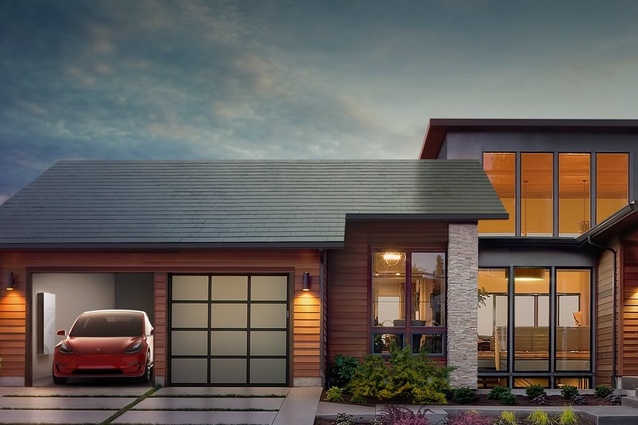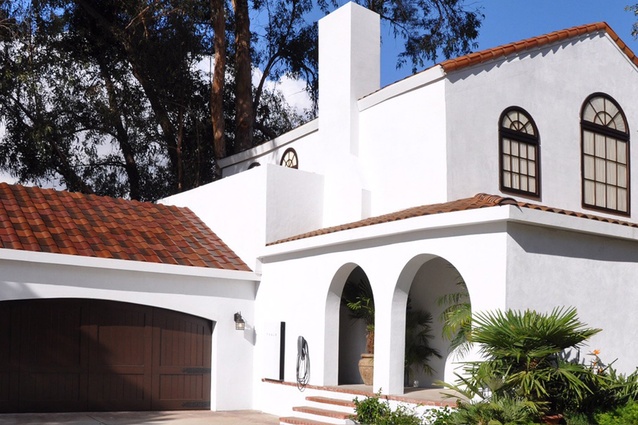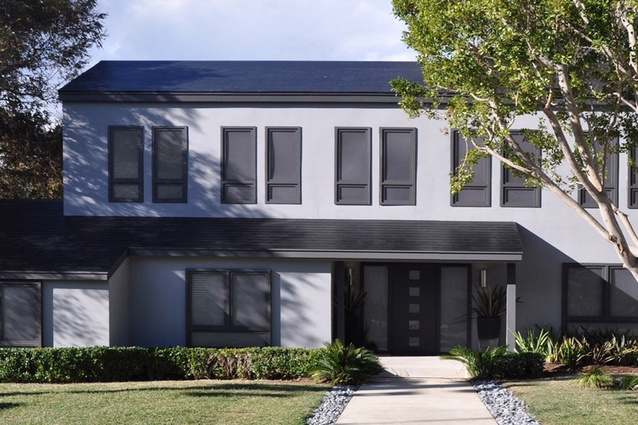Tesla and SolarCity launch rooftop solar tiles and Powerwall 2.0
American businesses Tesla Motors and SolarCity have launched new technology that allows homes to capture solar energy through camouflaged rooftop solar tiles.
The textured rooftop tiles contain solar cells, providing a more attractive solar power option to consumers who might have been deterred by having large solar panels on their roof.
The announcement was made by Elon Musk, Tesla Motors’ CEO and SolarCity chairman, and coincided with the launch of Powerwall 2.0, the latest version of the wall-mounted battery.
The tiles are the first products to be jointly unveiled by Tesla and SolarCity following the announcement of the companies’ proposed merger in August.
Musk said the goal was to have solar roofs that “look better than normal roofs, generate electricity, last longer, have better insulation and have an install cost that is less than a normal roof plus the cost of electricity.”
The new Powerwall has twice as much energy as Powerwall 1, with 14-kilowatt hour energy storage and 7-kilowatt power output.
The Tesla Powerwall works by storing solar power to be used when the solar panels cannot be used directly due to lack of sunlight, such as during the evenings.
Musk said the Powerwall 2.0 can power a four-bedroom house including a fridge, sockets and lights for a day, and if the house has solar, it can be powered indefinitely.
Kristin Gillies, communications manager for Sustainable Electricity Association of New Zealand (SEANZ), says that although we are in the early adopter phase with batteries in New Zealand, pricing of batteries is changing fast. SEANZ expects that in 5 years we will see a massive increase in the number of home battery storage systems being installed across the country.
Read more on the state of solar batteries in New Zealand.












